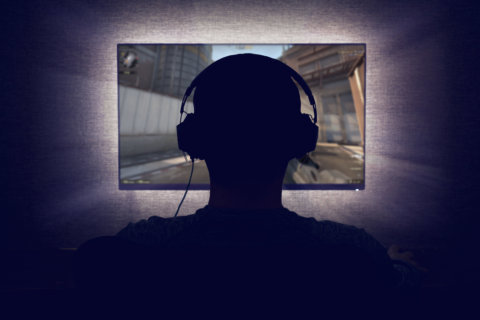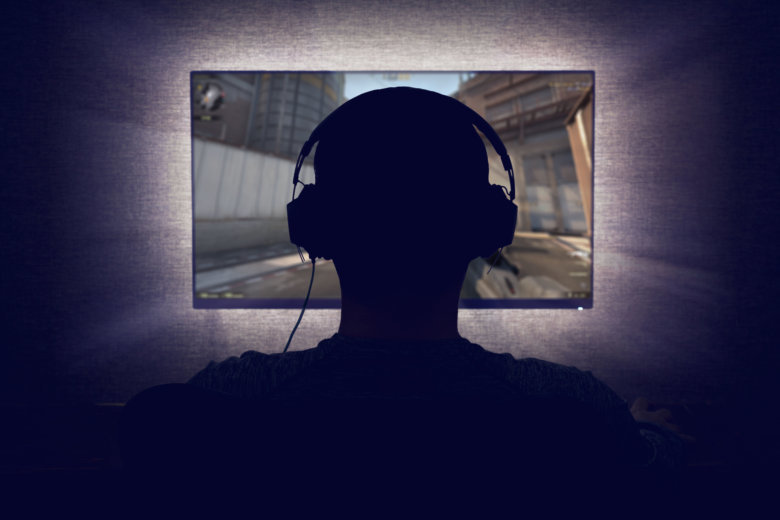Kids learning from home may have more exposure than usual to earbuds or headphones, and a D.C. audiologist wants parents to be diligent to make sure it’s happening safely.

“We want to make sure that your child has a quiet learning place,” said Dr. Tracey Ambrose, lead audiologist at Children’s National Hospital.
“When they’re on with the teacher, we need to make sure that there aren’t other noise sources around them, like siblings running around and the TV on, the radio on,” Ambrose said.
Kids shouldn’t be turning up headphones just to participate in online instruction. “That, over a long period of time, can damage their hearing,” Ambrose said.
There are device settings and apps parents can use to lock or restrict volume control on children’s devices.
Once you experience any level of hearing loss, the damage is permanent. It’s not coming back.
It’s such a growing problem in the U.S. and internationally, that the World Health Organization observed World Hearing Day on March 3.
“Noise-induced hearing loss from kids listening to all these different sources of noise from their iPad and iPhone constantly all day long, and that’s been a highlight in audiology more recently,” Ambrose said. “We really do need to be monitoring the levels that we’re listening at and the duration of time that we’re listening.”
The louder the sound, the shorter the amount of time it can take to cause damage. And, repeated exposure to sounds at and exceeding 85 decibels can have a cumulative effect.
“Sitting next to them, you shouldn’t be able to hear what music they’re listening to,” Ambrose said.
Stuff loud enough to potentially cause damage includes earbuds and headphones at maximum volume, lawnmowers, leaf blowers and woodworking tools.
“Levels where you would need to shout to have a conversation,” Ambrose said.
If a child is asking “What?” a lot more, it could be a sign that they’ve experienced some hearing loss and should be examined by a professional.
A child not seeming to pay attention to what’s happening with school work by staring out the window might not be hearing the teacher well.
Also, take note if younger children are falling behind their peers or developmental milestones with language and speech.









